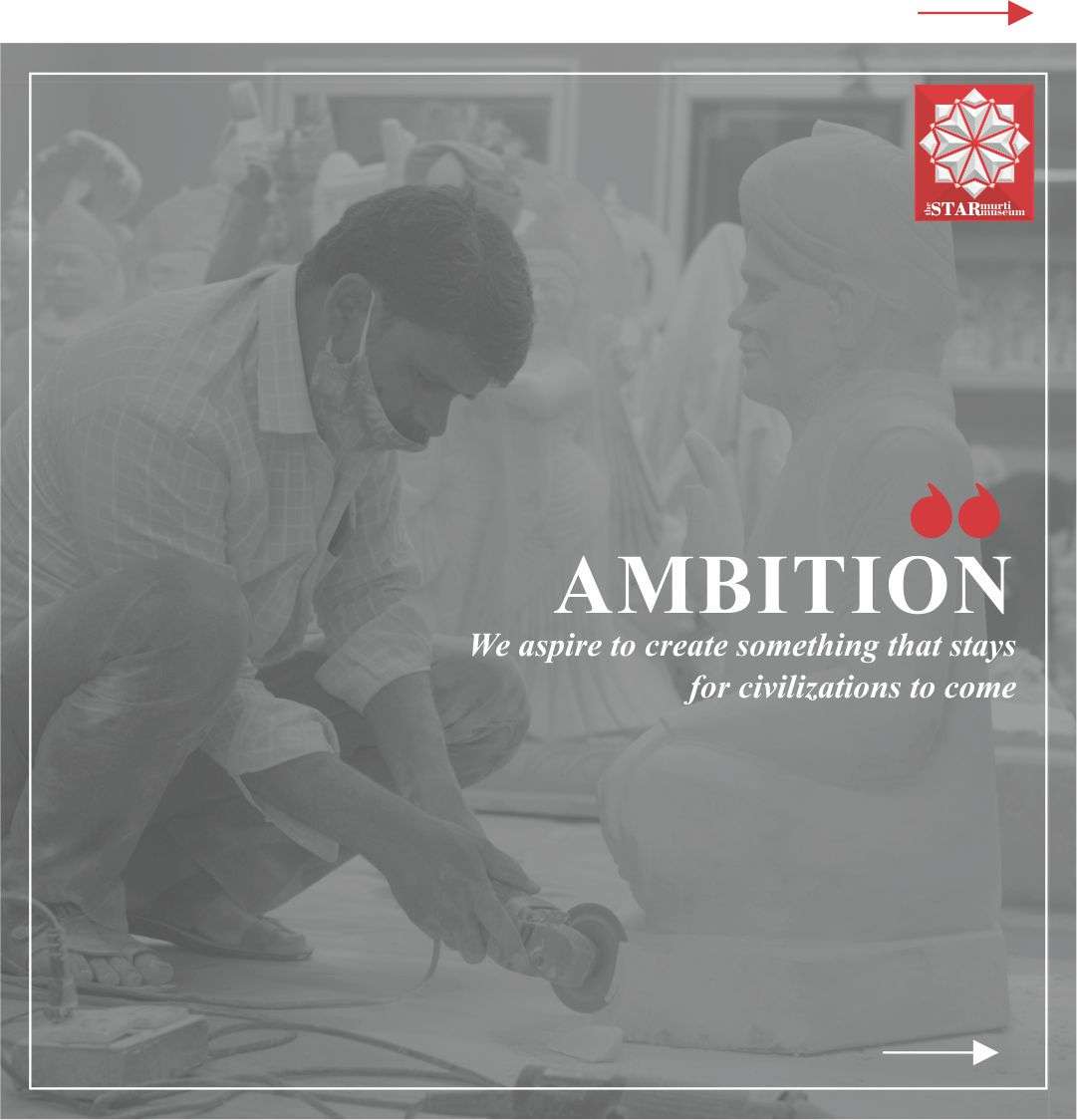Art has always played a profound role in human history, bridging the earthly and the divine. One form of artistic expression that holds immense significance in various cultures is the creation of murtis. Murtis, also known as sacred idols or statues, are physical representations of deities and play a central role in religious and spiritual practices. This blog will delve into the fascinating journey of murti making and how The Best Murti Manufacturers in Jaipur transform Clay into divine forms.
1. Conceptualization and Design:
The process of murti-making begins with the conceptualisation and design stage. Highly skilled artisans and sculptors meticulously research and study the religious texts, iconography, and cultural traditions associated with the deity they seek to represent. With deep reverence and attention to detail, they draft sketches and create models that capture the essence and attributes of the god, ensuring the murti reflects the divine qualities it represents.
2. Material Selection:
As a symbolic and sacred material, Clay is often chosen for crafting murtis. The type of Clay used varies depending on the region and the desired qualities of the final product. The Clay is carefully selected, ensuring it possesses the necessary plasticity and durability required for the sculpting process. Whenever you buy murtis in Jaipur or buy statues online, provide the Clay used in the manufacturing is of the best quality.
3. Sculpting and Molding:
The artisans begin sculpting by carefully shaping the Clay using their skilled hands or specialised tools. They gradually mould the Clay, paying attention to proportions, facial expressions, and intricate details, such as jewellery or garments. The sculptor’s expertise brings the murti to life, infusing it with divine grace and beauty.
4. Firing and Baking:
Once the initial sculpting is complete, the murti undergoes a crucial step called firing or baking. This process involves subjecting the Clay to high temperatures in a kiln or oven. Firing strengthens the structure of the murti, making it more durable and resilient. The temperature and duration of firing are carefully controlled to avoid any damage or distortion to the sculpture.
5. Finishing and Decoration:
After firing, the murti is carefully inspected and refined. Artisans skillfully smooth the surface, ensuring a seamless and polished appearance. Additional decorative elements, such as paint, gold leaf, or gemstone embellishments, may be added to enhance the beauty and sacredness of the murti. The final touches are applied with great care, accentuating the divine attributes of the deity.
6. Blessing and Installation:
Once the murti is complete, it undergoes a sacred ceremony known as pranapratishtha. This ritual involves invoking the divine presence into the murti, infusing it with spiritual energy and sanctity. The blessed murti is then ready for installation in temples, homes, or other places of worship, where it becomes a focal point for devotees to offer their reverence and prayers.
The murti-making process of India’s top 10 murti manufacturer brands crafts their exquisite sculptures.
If you’re captivated by the artistry and profound meaning behind murti making, visiting the Star Murti Museum is an absolute must. Immerse yourself in the awe-inspiring collection of masterfully crafted murtis that celebrate diverse traditions and bring the divine closer to our world. The Star Murti Museum offers a unique and enriching experience for art enthusiasts and spiritual seekers alike with its meticulously designed exhibits and an ambience of reverence.
Discover the incredible journey from Clay to divinity, witness the skill and dedication of talented artisans, and embrace the spiritual essence within each murti. Plan your visit to the Star Murti Museum today and embark on a mesmerizing exploration of art, culture and spirituality.

As the editor of the blog, She curate insightful content that sparks curiosity and fosters learning. With a passion for storytelling and a keen eye for detail, she strive to bring diverse perspectives and engaging narratives to readers, ensuring every piece informs, inspires, and enriches.










